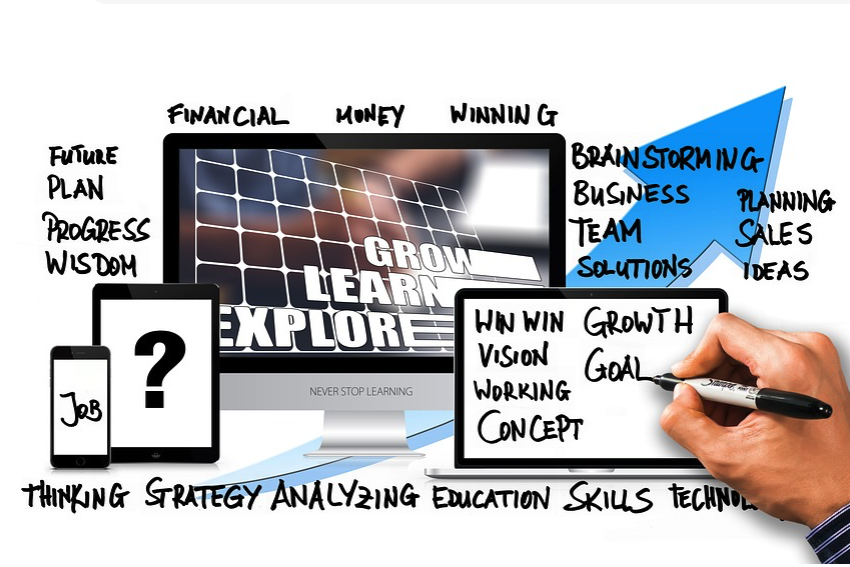It’s time to plan for 2026

Effective business planning takes time, often months, to develop. It involves defining key assumptions, setting strategic priorities, and finalizing budgets, territories, and quotas before presenting the plan to your team. Balancing these efforts with the demands of the current year can be challenging, especially if performance isn’t aligning with expectations.
Maybe you’ve already begun planning with a system you set up earlier this year that’s proving effective. Or perhaps you’re just getting started, gathering ideas and refining your approach. Here are some things that go into an effective planning.
Review Last Year’s Performance
Begin by assessing how your previous plan measured up against actual results. Understanding where you met, exceeded, or fell short helps ground your new goals in reality and ensures they reflect shifting market conditions.
Define Clear Goals and Objectives
Next, set your direction for 2026. Identify the big-picture outcomes your business needs to achieve, whether it’s launching new products, expanding into new markets, or improving profitability. Break these ambitions down into measurable, actionable objectives that guide your teams effectively.
Invest Strategically
Align your resources and priorities. Strategic investments, ranging from budget allocations to staffing adjustments, ensure that every dollar and effort has a meaningful impact. This is especially important for organizations dealing with multiple locations, acquisitions, or periods of transformation.
Build for the Future
An effective plan doesn’t just set targets; it anticipates change and embraces innovation. As technology and market dynamics evolve, incorporating data-driven strategies and emerging tools into your planning process will strengthen your competitive edge.
An effective plan isn’t just about setting goals—it’s about staying ready for what’s next. A strong plan looks ahead, adapts to change, and keeps your organization moving forward even when conditions shift. It should be flexible enough to evolve with your business, your customers, and the market around you.
Today’s most successful organizations treat planning as a living process, not a one-time exercise. They use data and technology to make smarter decisions, spot new opportunities, and respond quickly when things change. From improving operations with automation to using AI for better insights, the right tools can make planning more strategic and more human-focused on real people and real results.
In the end, great planning is about preparation and purpose. It connects your goals to your team’s everyday actions and ensures your business is ready to grow, adapt, and succeed no matter what the future brings. Treat your plan as a living roadmap, shaped by ongoing input and alignment across teams to keep your organization focused, agile, and moving toward shared goals.